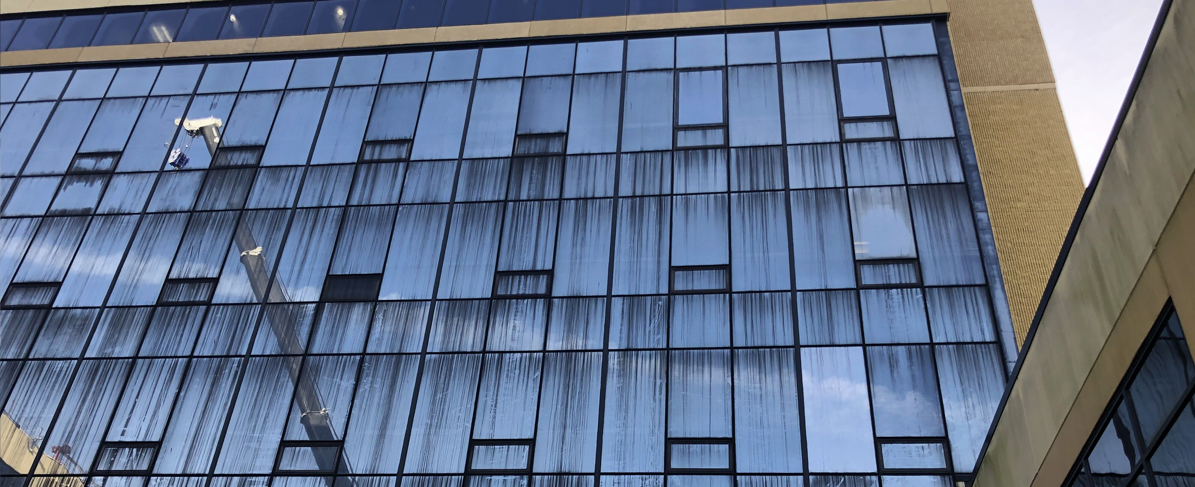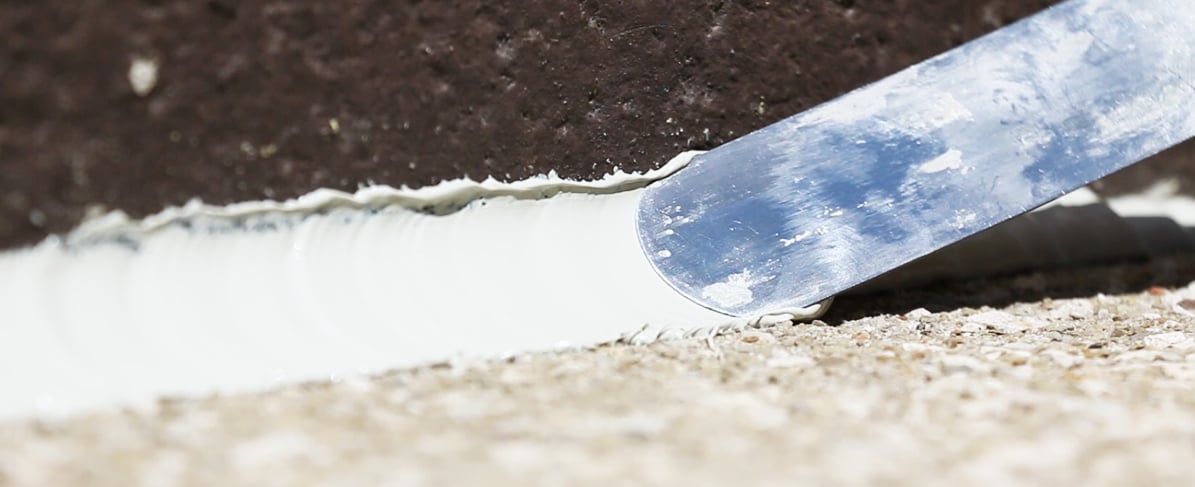Window seal failure can be scary, but you've come to the right place to understand common gasket problems, why gaskets deteriorate and how to fix it. Keep reading to learn about three options to repair your glazing system depending on the extent of the damage, your timeline, and your price point.
Gaskets are an integral part of a glazing system to secure, insulate, and seal windows, so proper product selection and ongoing maintenance are critical for the long-term success of the unit. One common problem that many building owners and facility managers may see is the deterioration of these gaskets due to years of UV exposure.
As gaskets age, the rubber can begin to leech oil, causing dryness, shrinkage, and visible black streaking on the building façade, also known as run-down stains. Eventually, aged gaskets may fail and compromise the glazing system, risking the window integrity and leaving the building envelope vulnerable to air and moisture infiltration.
Recognizing gasket degradation can be difficult because signs of failure may not always be present from the exterior. Inside the building, water-stained finishes around windowsills, ceiling tiles, or on floors may indicate water intrusion through nearby windows.
Common reasons for gasket degradation 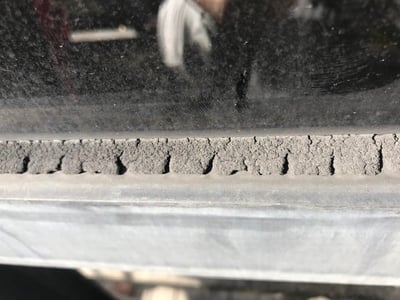
While gaskets can be made of silicone, neoprene, or EPDM (ethylene propylene diene monomer), each has their own shelf life, features, and limitations. Regardless of the material chosen, the factors below are common reasons for gasket deterioration.
- Prolonged exposure to extreme weather or UV radiation.
- Failure of the weep system.
- Lack of proper, ongoing maintenance.
- Improper design of the original glazing system.
- Faulty installation of the glazing system, such as:
- Failure to adequately seal miter and butt joints;
- Improper gasket engagement or installation;
- Failure to properly bed, cushion, or center the glass;
- Misused setting blocks, out of square frames or openings.
3 methods for fixing damaged window gaskets
For failing gaskets, it is recommended to discuss repair options with a glazing consultant, engineer, and Tremco CPG representative. Repair options vary from full removal and replacement to wet seal repair or using overlay components.
1. Full removal and replacement
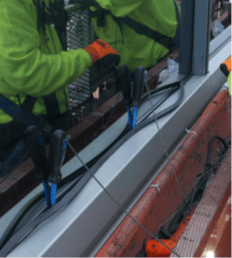
Full gasket removal and replacement can be time-consuming and labor-intensive, but it is the most thorough restoration practice for degrading gaskets, so be sure to work with a licensed glazier if you opt to implement this method. Typically, this repair can be completed safely without first removing the windows, but a glazing consultant should confirm that there is no risk of glass breakage during the gasket removal and replacement.
Begin the process by removing a small piece of the gasket and send it to your gasket manufacturer to identify the gasket profile and compound required for production of the new gaskets. From there, determine the total gasket footage needed for replacement of the affected area. Once you have acquired your materials, removal can begin. Remove only one side of the gasket at a time (the three remaining sides protect the glass). Then clean the gasket reglet or metal race with IPA (isopropyl alcohol) or soap and water and install the new piece that has been measured with 1%-2% added dimension for a “crowded” fit. Install the new gasket piece at each end, working towards the center, engaging with a gasket roller. Continue this process one side at a time until all sides have been replaced.
2. Wet seal repair
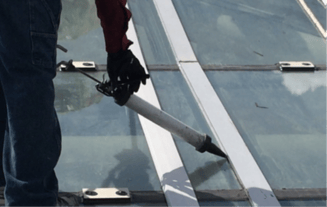
Wet seal repair involves applying new silicone sealant over the damaged area, which minimizes tenant disruption since the process can all be completed from the outside of the building. This process has a fast-turnaround but can be unsightly and a short-term “band-aid” approach. To complete a wet-seal repair, first remove the damaged sealant with a knife using cuts at least 6 to 12 in (15.2 to 20.5 cm) beyond the affected area. Then take samples of the existing sealant and contact your new sealant manufacturer to determine compatibility between the technologies. If the existing sealant is incompatible, remove the existing sealant completely (down to the bare substrate) and clean the sides of the substrate using IPA (Isopropyl alcohol) or a similar cleaner, wiping first with IPA and following with a dry cloth (“Two Cloth” method), and allow the substrate to dry. Install the new sealant according to the manufacturer’s application instructions, making sure to tool the sealant so there is no void between the new sealant and the substrate or existing sealant.
3. Preformed silicone extrusions or overlay gaskets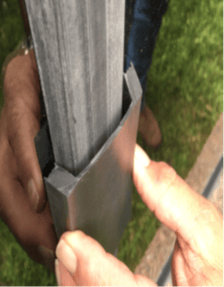
When a structural solution is not necessary, preformed silicone extrusions or overlay gaskets can be applied directly over the existing glazing system for an aesthetic and watertight seal. For example, an overlay could be used with metal-to-metal joinery and splice joints where leakage has occurred. First determine the required size and profile for the extrusions. Some manufacturers offer 3D-printed prototypes to assist with ensuring the perfect fit of the overlay prior to extrusion of the full length of product. Once you’ve acquired the proper length of product to seal the deteriorated gaskets, thoroughly clean the substrate Finally, install and seal the preformed silicone extrusion or overlay gasket according to the manufacturer’s installation instructions.
Repair recap
Gasket degradation is a natural part of a gasket’s aging process. However, if gaskets are not maintained properly, this deterioration can be accelerated. If a degraded gasket is not repaired, it could crack, shrink, and comprise the glazing system. Leaks into the building can be highly frustrating and expensive for building owners, facility managers, and tenants alike, so proper remediation will ensure there is no need for call-backs. Methods for repairing degraded gaskets will vary based on the severity of damage, budget, and time allowed, so reach out to a glazing consultant, engineer, and gasket manufacturer to discuss your options and determine the best route for your restoration project.
See this restoration practice in action with a complete gasket replacement at the Bank of America building in Dallas, Texas.
